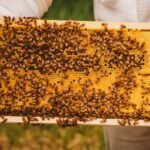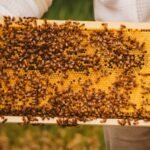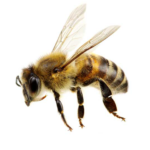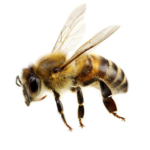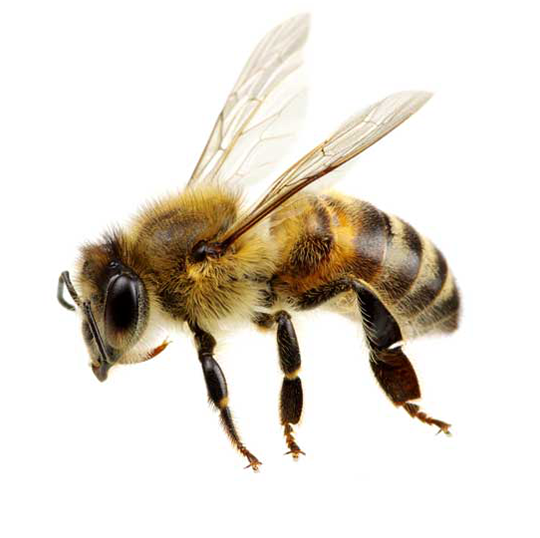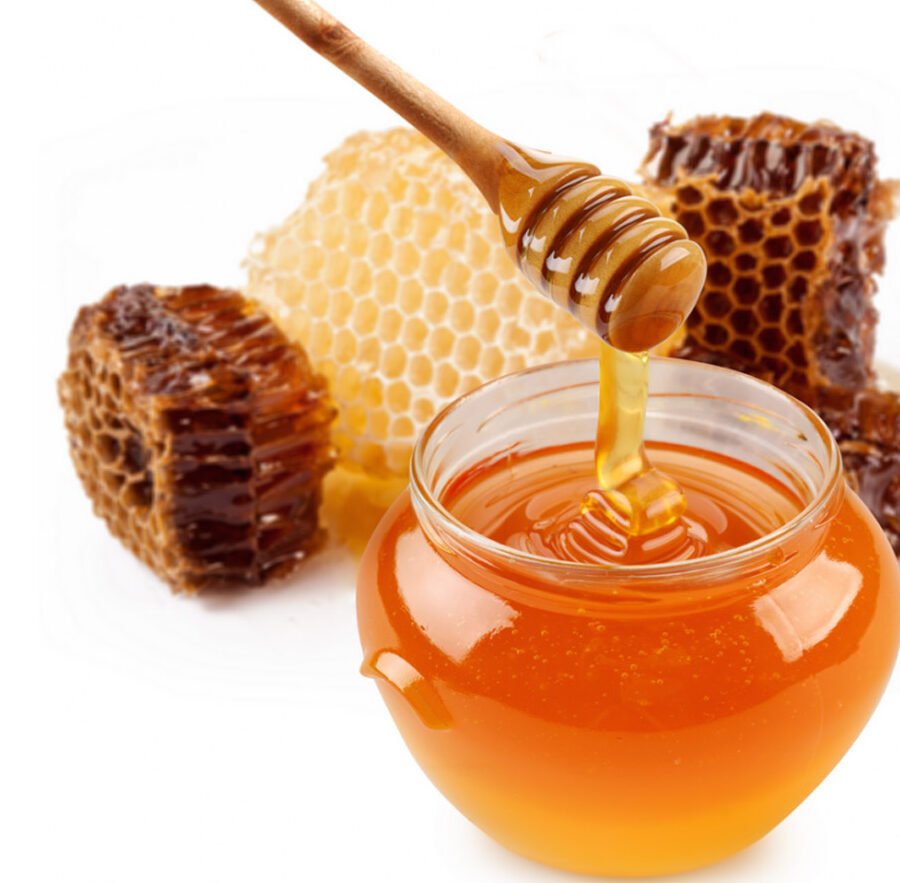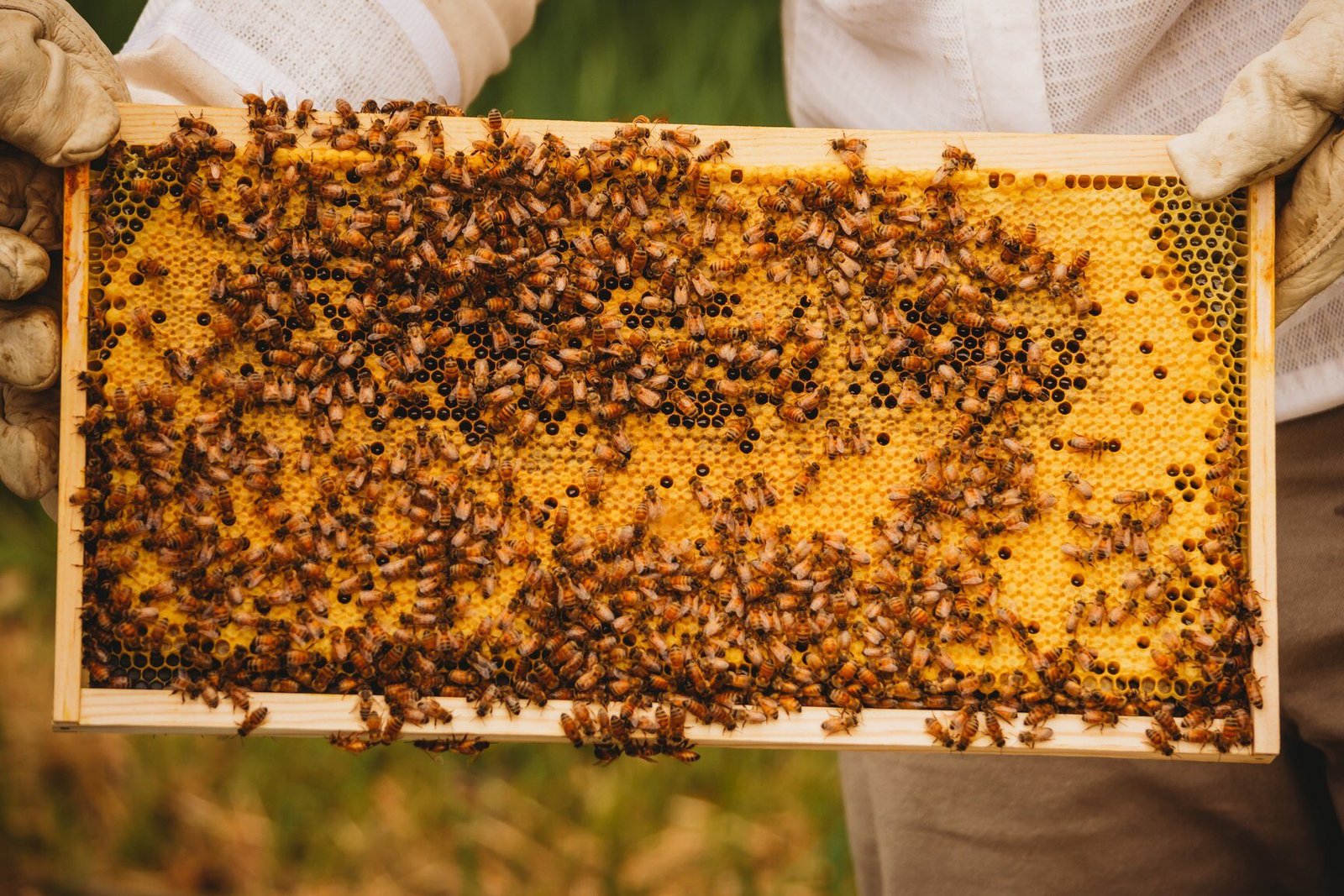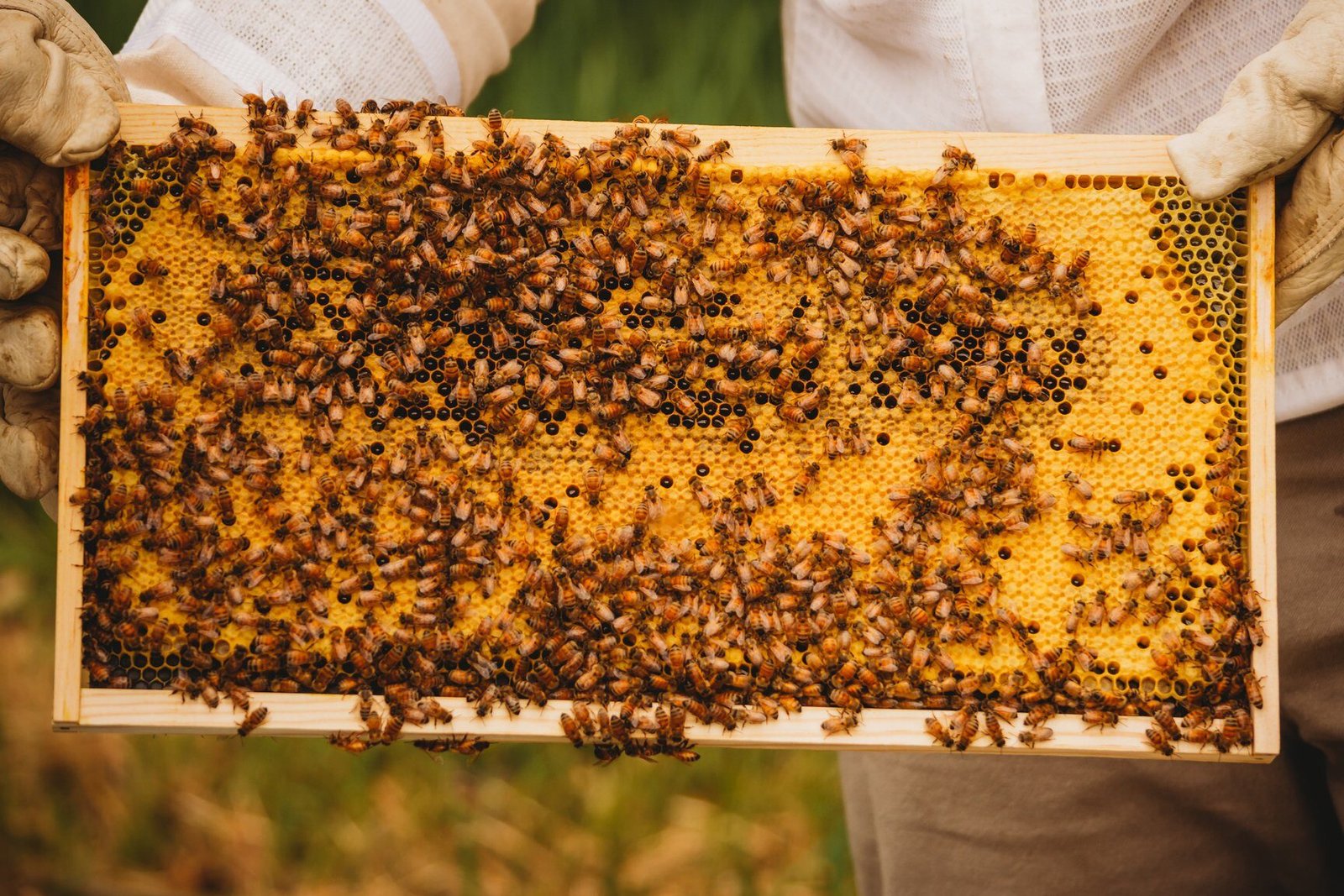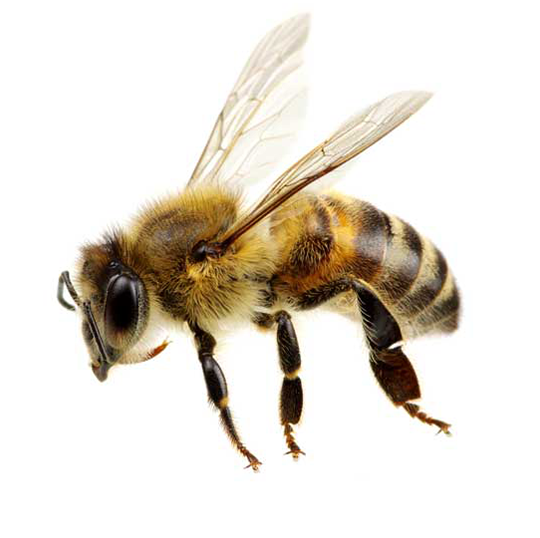Advanced technologies greatly transform how beekeepers engage with their colonies. Interactive Hive Observation Tools serve as pivotal assets for effective hive monitoring, encompassing versatile functionalities that ensure healthier bee populations.
By employing IoT technology, these systems allow remote access to crucial data regarding temperature and humidity, fostering ideal hive environments.
Utilizing real-time video surveillance provides insights into bee behavior analysis, facilitating timely adjustments in hive management.
Equipped with AI-powered analytics, beekeepers gain predictive insights, proactively addressing potential issues before they develop. Customizable alerts keep users updated about significant changes, bolstering sustainable practices in apiculture.
Understanding Hive Monitoring Essentials
Monitoring bee colonies effectively is fundamental to ensuring their well-being and productivity. Advanced sensor technology allows for real-time data collection that benefits beekeeping practices.
Through these innovative digital tools, beekeepers can assess colony health assessment and environmental conditions accurately.
Remote inspection capabilities enable swift interventions when necessary, significantly enhancing hive management.
Regular hive monitoring supports optimal conditions, reducing the risk of colony loss while promoting successful outcomes. Advanced analytics, driven by data from these tools, provide valuable insights into hive dynamics, enabling informed decision-making.
The integration of these technologies with agricultural systems streamlines overall hive management, fostering a healthier beekeeping environment.
- Interactive Hive Observation Tools utilize IoT technology for remote monitoring.
- These tools facilitate data collection on temperature, humidity, and hive weight.
- Video surveillance capabilities allow for real-time observation of hive activities.
- AI analytics deliver predictive insights regarding bee health and behavior.
- User-friendly mobile apps ensure seamless interaction with hive monitoring systems.
- Customizable alerts notify beekeepers of critical hive conditions promptly.
- Integration with agricultural management systems enhances overall efficiency.
- Research opportunities in entomology and apiculture benefit from these tools.
These technologies reflect a growing interest in sustainable beekeeping practices. The importance of monitoring hive health cannot be overstated, especially in preventing colony collapse. Beekeepers are increasingly turning to these advanced solutions, which not only improve productivity but also facilitate community collaboration through shared data insights. From basic sensors to sophisticated camera systems, a variety of options are available to enhance hive management. By tracking the effects of climate change on bee populations, these tools contribute to global initiatives advocating for honeybee conservation and sustainability.
What Is Beekeeping Software
Advanced technologies in beekeeping are transforming hive management by providing innovative solutions for beekeepers. Interactive dashboards deliver comprehensive insights into apiary monitoring, allowing users to efficiently track hive conditions.
Utilizing environmental sensors, these systems collect data on temperature, humidity, and hive weight, enabling effective management strategies.
Beekeepers can access real-time information through user-friendly mobile apps or web platforms, ensuring a convenient overview of their operations.
Video surveillance enhances activity tracking by allowing close observation of hive entrances and internal dynamics. With AI analytics integrated, predictively assessing bee health and behavior becomes seamless, improving overall hive management.
Advanced Technologies in Beekeeping
- Interactive dashboards provide insights into apiary monitoring, enhancing hive management.
- Environmental sensors collect critical data on temperature, humidity, and hive weight.
- Real-time information is accessible through mobile apps and web platforms for convenience.
- AI analytics facilitate predictive assessments of bee health and behavior.
Exploring Observation Equipment Benefits
Observation equipment significantly enhances modern beekeeping practices, providing essential tools for effective hive management. Interactive hive observation tools empower beekeepers by enabling seamless hive monitoring through real-time data collection.
This leads to improved overall efficiency in managing apiaries.
By utilizing sensor technology, these advanced tools facilitate remote inspection of critical environmental factors such as temperature and humidity, ensuring precise regulation of hive conditions.
The integration of AI analytics allows beekeepers to obtain valuable insights into bee behavior analysis, enabling them to predict potential health issues well before they arise. Through the adoption of these innovative technologies, beekeepers can greatly enhance their practices and contribute to sustainable apiculture.
How To Analyze Bee Behavior
Effective bee behavior analysis is essential for fostering productive colony health assessment and successful hive management.
Techniques for studying bee behavior utilize direct observation alongside modern digital tools. By employing video surveillance and sensor networks, comprehensive analysis of bee activity patterns becomes feasible.
For instance, tracking systems can meticulously monitor foraging behavior and hive communication, providing significant insights into population dynamics.
Community apiaries also encourage collaboration among beekeepers, enabling them to share findings and enhance their knowledge base.
By integrating these methods, beekeepers not only support their hives’ health but also actively participate in citizen science initiatives that foster biodiversity and sustainability.
Key Indicators In Colony Health Assessment
Effective monitoring of bee colonies hinges on understanding key factors that influence their health and productivity. Swarm detection can serve as a primary indicator, reflecting shifts in population dynamics.
Noticing fluctuations in colony size is essential for timely health diagnostics.
Environmental conditions, including temperature and humidity, significantly affect bee behavior, emphasizing the need for comprehensive monitoring.
Utilizing thermography allows beekeepers to observe thermal patterns indicative of stress or disease. Behavioral observations further enhance insights into hive dynamics, enabling proactive management strategies.
Data analytics plays a pivotal role, offering actionable insights that guide decision-making. Continuous assessment through innovative tools supports sustainable practices while promoting the overall well-being of bee populations.
Utilizing Mobile Apps For Management
Advanced technologies are revolutionizing the way beekeepers monitor their hives. Interactive displays integrated into mobile applications empower users with real-time insights into hive conditions.
Essential data, such as temperature and humidity levels, significantly affects bee vitality.
Remote observation tools facilitate comprehensive monitoring of hive activity from any location.
By employing wireless sensors, beekeepers can gather crucial information that leads to informed decision-making. Beekeeping software offers customizable notifications to alert users about significant hive changes.
These innovations in agricultural technology not only promote healthier bee populations but also streamline management practices.
Realtime Data Collection Techniques Explained
Modern beekeeping incorporates innovative realtime data collection techniques that significantly enhance hive management. IoT sensors are instrumental in monitoring temperature, humidity, and hive weight, yielding invaluable insights into colony health assessment.
Video surveillance systems provide live observation of hive entrances and internal bee activities, ensuring comprehensive hive monitoring.
Utilizing mobile apps serves as a powerful tool for beekeepers, as they deliver instantaneous alerts and visualize data effectively.
By integrating various data sources, these methods not only improve accuracy but also enable swift interventions to bolster hive health.
The focus on technological advancements promotes a more informed approach to bee behavior analysis and activity tracking.
Innovations In Hive Surveillance Technology
Recent breakthroughs in monitoring hives are reshaping practices in beekeeping. Enhanced by AI-driven analytics, the processing of data collected from advanced camera systems leads to more precise predictions regarding hive conditions.
The development of remote monitoring capabilities means beekeepers can observe colonies without the need for frequent physical inspections, which effectively reduces stress on the bees.
Integration of Smart Technologies
Customizable alerts promptly notify practitioners of critical issues, empowering timely responses to maintain hive health. These innovations foster proactive management, while community collaboration thrives through shared data insights and research opportunities in apiculture.
Embracing digital tools within this context also elevates the overall efficiency of hive management.
Future of Hive Monitoring
The convergence of sensor technology and hive surveillance presents a promising future for beekeeping.
Interactive dashboards and mobile apps provide user-friendly interfaces for monitoring environmental sensors and hive conditions.
The emergence of augmented reality tools can further facilitate educational resources and citizen science engagement, ensuring that beekeepers are well-equipped for sustainable practices.
Interactive Dashboards For Data Visualization
Advanced technologies revolutionize how beekeepers engage with their hives. These interactive dashboards facilitate real-time observation and management of hive conditions, providing insights into critical factors impacting bee health.
By leveraging inspection technologies, users can monitor temperature, humidity, and bee activity, improving overall hive management.
Enhanced beekeeping technology enables remote access to vital metrics, allowing users to make informed decisions quickly.
Educational resources support beekeepers in interpreting complex data trends while fostering engagement through user-friendly designs. Customizable interfaces enhance the experience, making navigation intuitive.
Real-time alerts notify users of significant changes, thus promoting proactive hive management. Overall, functional observation tools are integral to supporting biodiversity monitoring and ensuring sustainable practices in beekeeping.
Best Practices For Sustainable Beekeeping
Innovative technologies are transforming how beekeepers manage their colonies, creating opportunities for more effective hive stewardship. Interactive hive observation tools leverage sensor networks to facilitate remote monitoring, capturing critical information about hive temperature, humidity, and weight.
With real-time data access, beekeepers can observe bee activity through integrated camera systems, enriching their understanding of hive dynamics.
Optimization techniques utilizing AI analytics can predict potential health issues, allowing for proactive interventions.
Customizable alerts ensure immediate responses to critical hive conditions, promoting smart farming practices. These user-friendly platforms, accessible via mobile apps or web interfaces, streamline hive management while enhancing collaboration among beekeepers through shared data insights.
Ultimately, the integration of advanced technologies fosters research opportunities in entomology and apiculture, paving the way for innovation and sustainable practices that benefit future generations.

